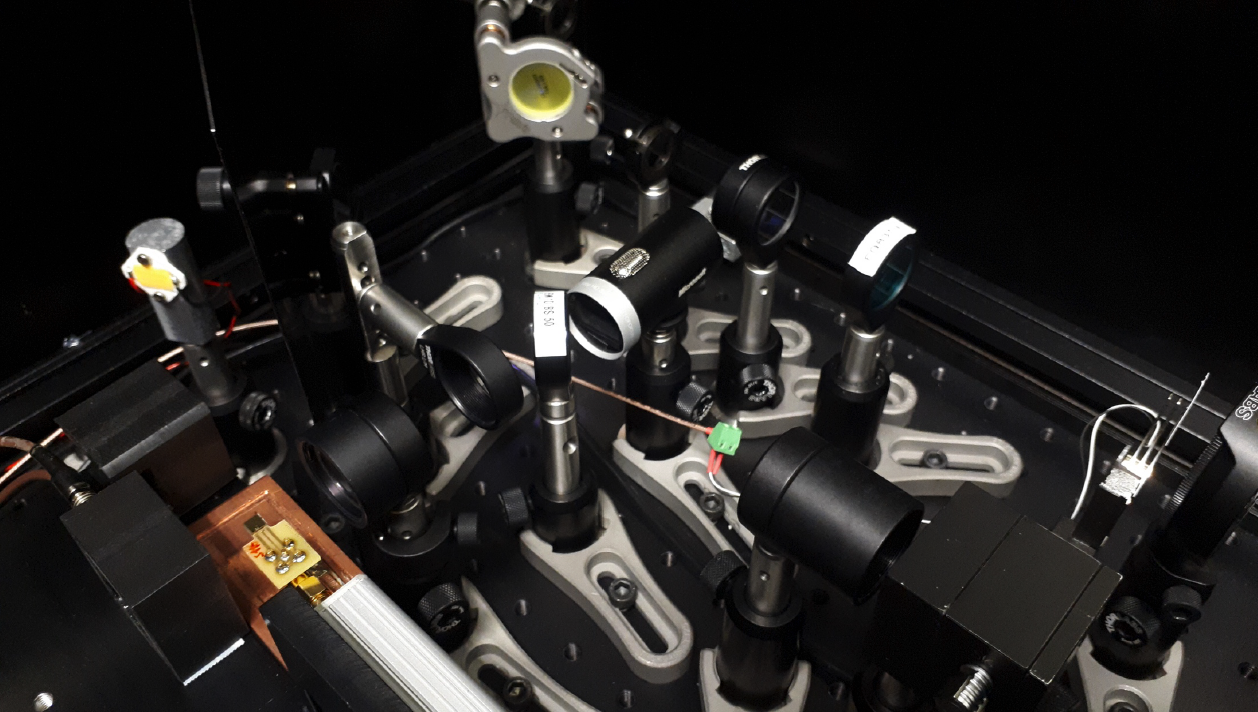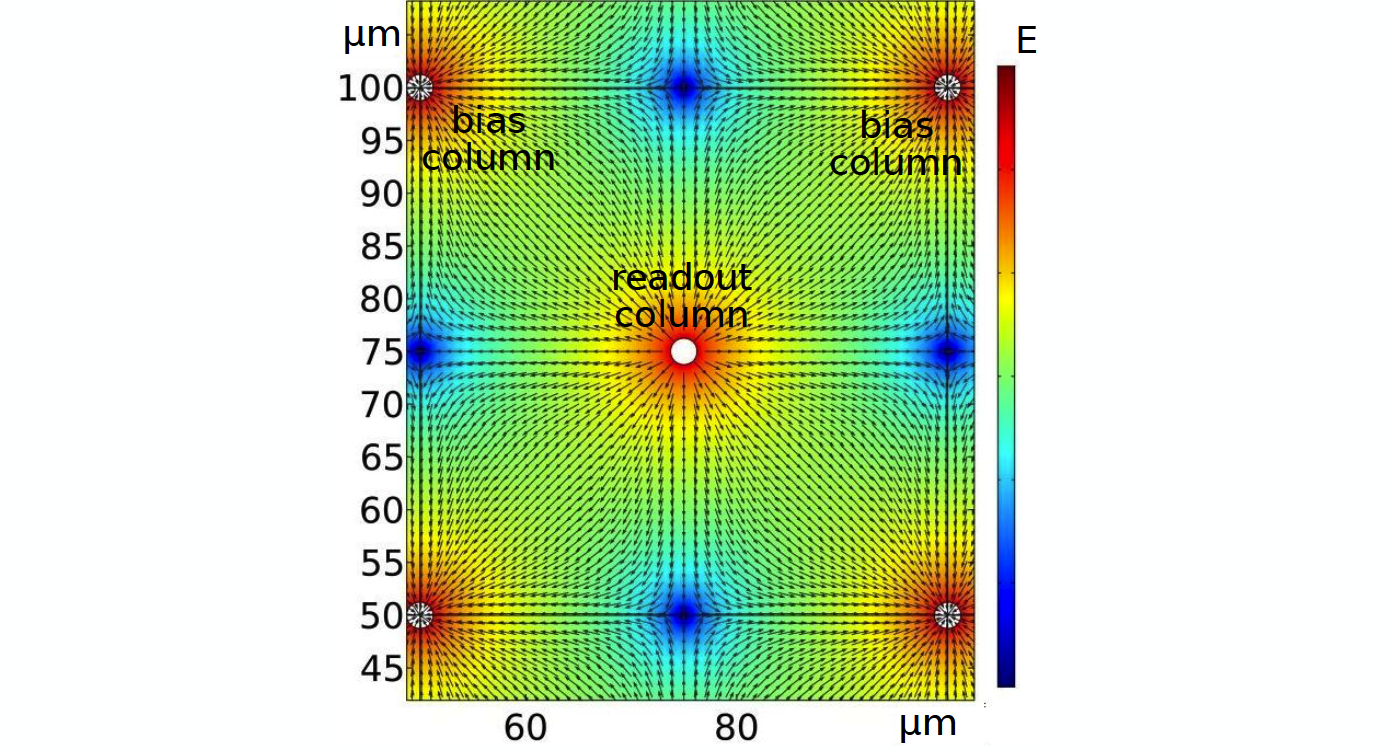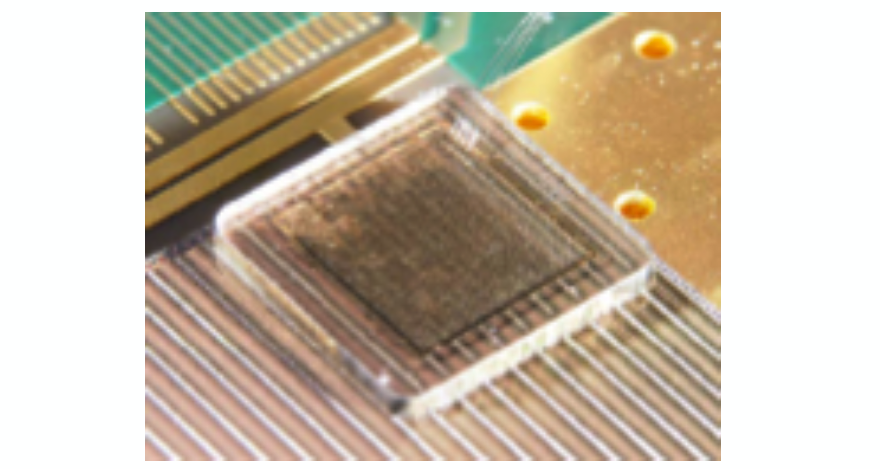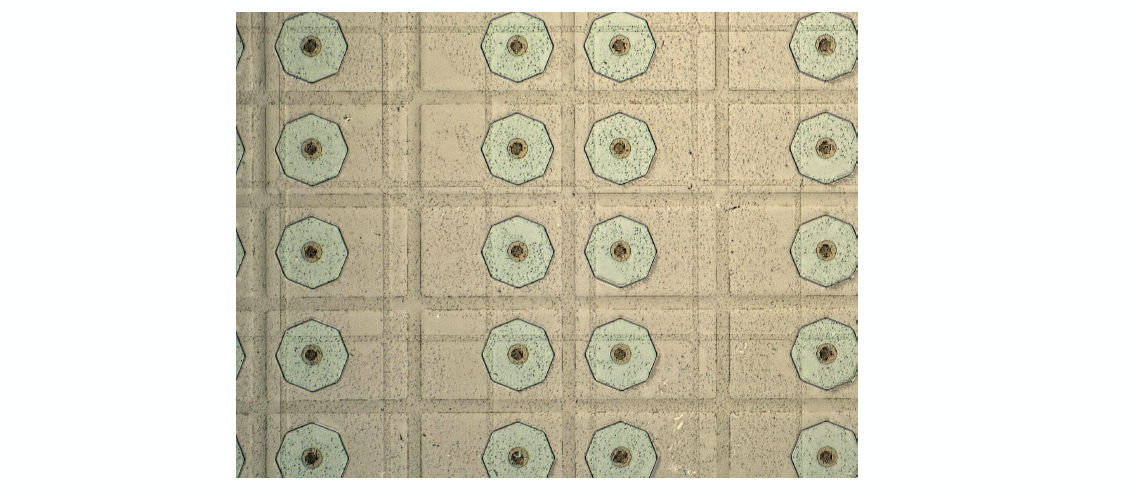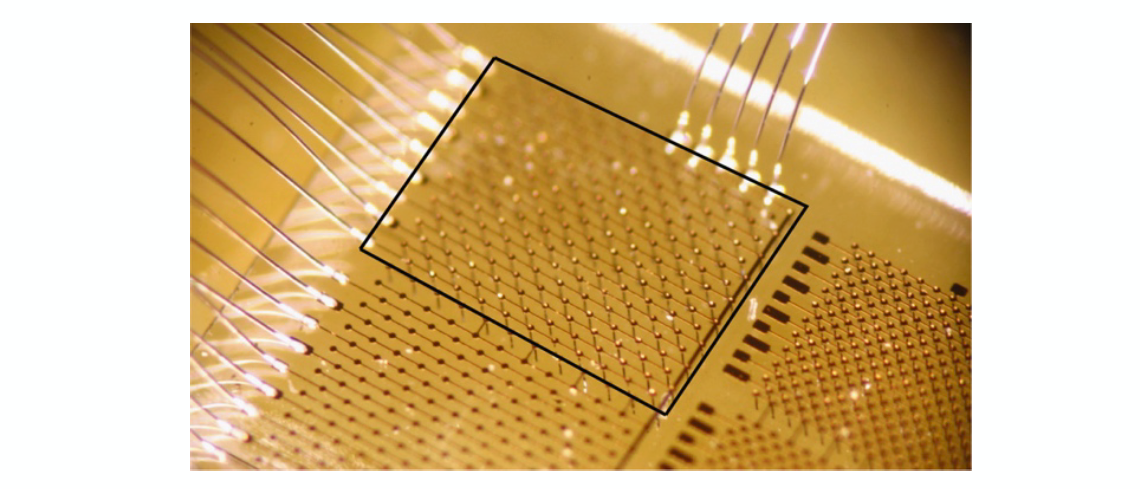CMS diamond R&D
The group participates at developing tracking detectors for the future circular colliders. The radiation doses there are expected to reach the levels that would require technology beyond the current silicon detectors.
One possibility is the use of radiation hard artificial Chemical Vapor Deposited (CVD) diamonds. Prof. Wallny’s group has several projects to investigate the properties of the CVD diamond sensors and to develop new methods to build particle detectors out of them. These projects are closely connected to the work of the external pageRD42 collaboration,call_made where Prof. Wallny’s group is one of the main contributors.
- Study the transport properties of a single crystal diamond using a transient current technique. The charge carriers are excited at the focal point of a femtosecond laser. From the movement of the charges in the biased sensor, we are inferring the electric field inside the diamond, trapping rates and space charge distribution;
- Development of a method for metallization and flip-chip bonding of an electronic grade polycrystalline CVD diamond to a pixel readout chip. For this project we have access to the first class clean room facilities of FIRST and BRNC labs and flip chipping facilities at external pagePSI.call_made
- Beam tests of the diamond sensors and diamond tracking detectors at the secondary beam lines at PSI and CERN. At PSI we are studying the response of the detectors at different particle fluxes. At CERN we study the response of the same detectors to minimum ionizing particles with a precision up to 2 μm. In beam tests we investigate the performance of diamond detectors built both at ETH and at the other RD42 institutions. An exciting new technology that we tested recently are the diamond sensors with 3D electrodes. Such sensors have a potential to have an extreme level of radiation tolerance.
- We are starting to develop a simulation of the diamond sensor using CAD tools.

